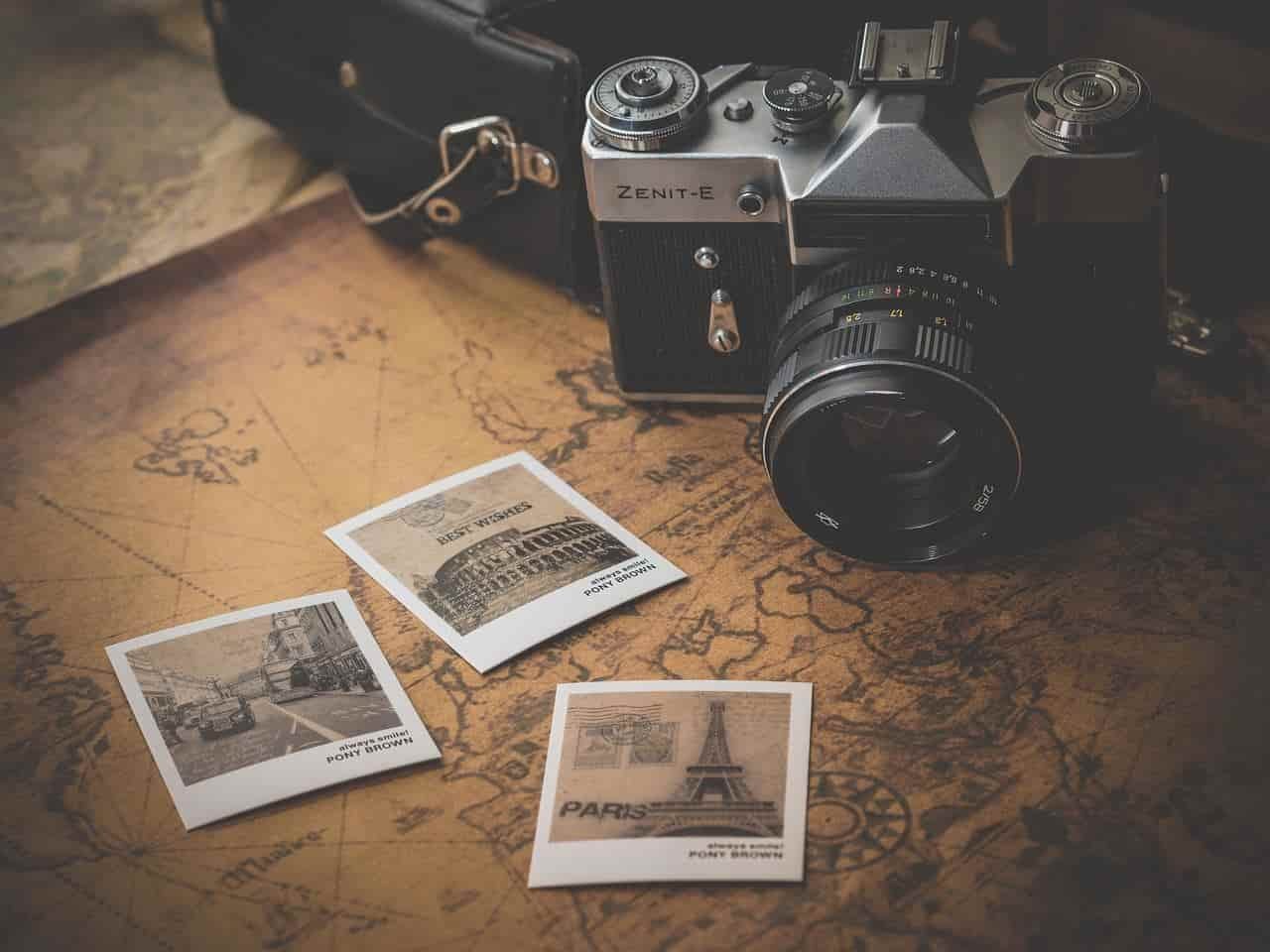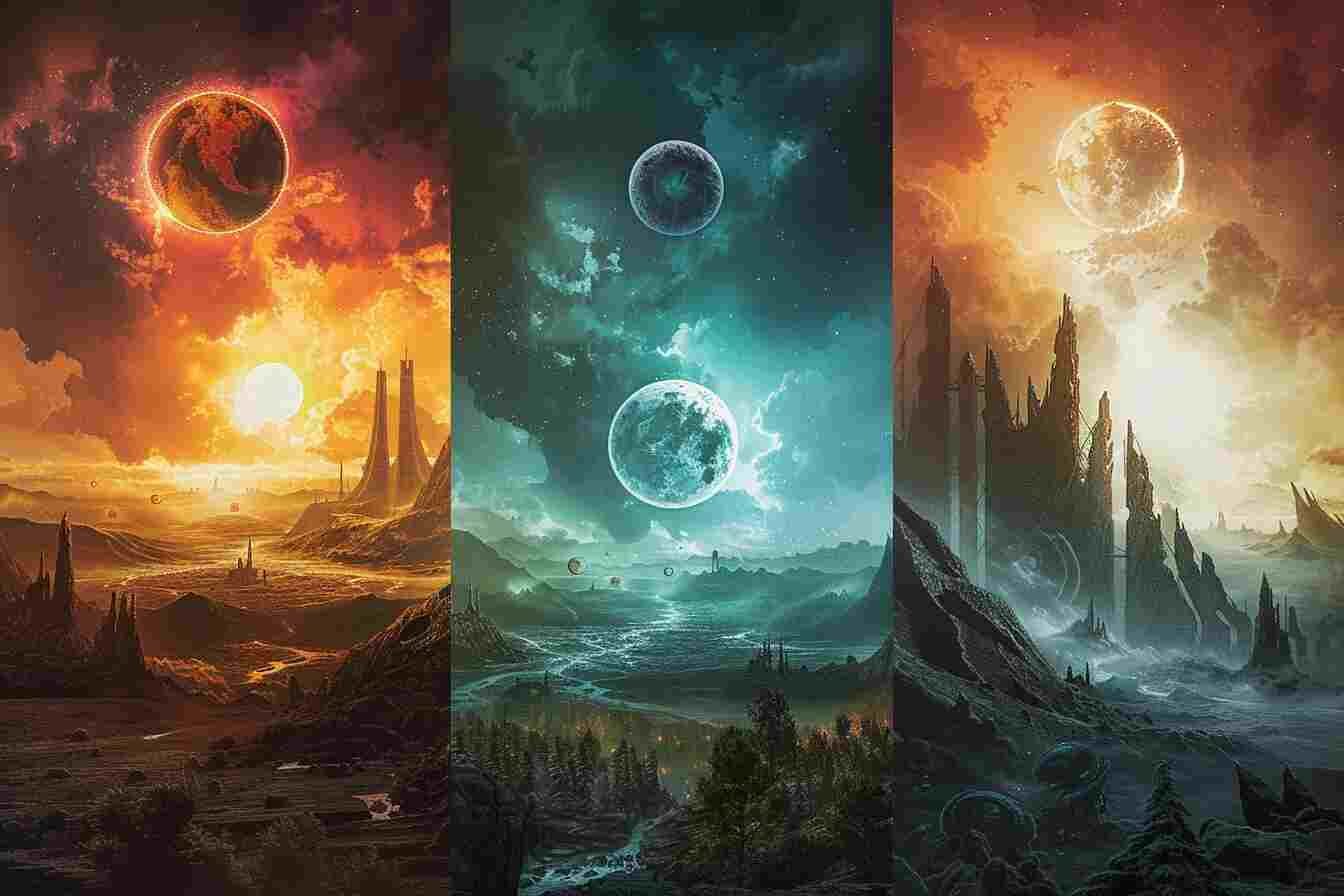How to use photos under Creative Commons
This CC (Creative Commons) license offers an author the possibility of specifying a right of use of his work. How to use Photos under Creative Commons (CC)? The only obligation of the user is to attribute the work to its author. Benefits for bloggers and webmasters who have understood that the web has gone visual. And yet… 90% of photos under CC are not attributed, and 99% are not attributed correctly. Learn and always give photo attribution, so you don’t get penalized. Here’s how to use a Creative Commons licensed photo.
Creative commons are works for shared use, i.e. works that their authors intend for common use and for which they abandon or grant all or part of the rights of use free of charge, under certain conditions.
The advantages of the CC license
It gives you the right to:
- copy the work
- to spread it
- to display it publicly
- display it on electronic media
- save it in a new format (jpg to png for example)
The CC license has the following features:
- it applies worldwide
- its duration depends on that of the copyright
- it is not revocable
- it is not exclusive
Specific conditions
- Attribution (BY): the rights of use are conditioned on mentioning the credits as specified by the author.
- No commercial use (NC): as the name suggests…
- No Derivative Works (ND): You may not modify or adapt the original work.
- Share Alike (SA): If you modify or adapt the work, you will not have the right to distribute your creation under any license other than the original.
- The combination of these conditions gives you a range of rights, from the most to the least open.
Note that contrary to popular belief, 30% of photos under Creative Commons authorize commercial use.
How do I properly assign a CC photo?
- The title (with a link to the original work)
- The author (name and link to his profile)
- The license (link to the full license)
- Copyright notices (if they exist and are required by the author)
- These mentions must appear under the photo, or at the end of your ticket if necessary.
Where can I find (Royalty free images) Creative Commons images?
A search engine is available on the Creativecommons.org site. We have a preference for the Google Images option (make sure to give attribution), the results are often more numerous. Or you can use Pixabay, Pexels, Unsplash, Free Images, Kaboompics and many more…
The safest way to use Creative Commons licensed photos?
Choose and always use photos that have International Attribution 4.0 (CC BY 4.0).
If you’re still not sure, just use: Pixabay, Pexels, Unsplash, Free Images, Kaboompics and many more…
6 Licenses under Creative Commons (CC)
1. Attribution (BY)
It is a license that guarantees maximum freedom to users.
The rights holder authorizes any exploitation of the work, including for commercial purposes, as well as the creation of derivative works, the distribution of which is also authorized without restriction, provided that it is attributed to its author by citing her name. This license is recommended for the dissemination and maximum use of the works.
Read also: Optical Illusion It Changes The Way You See Reality | Explanations and Photo Examples
2. Attribution + Sharing under the same conditions (BY SA)
It is, with the BY license, the one that offers the most freedom to users.
The rights holder authorizes any use of the original work (including for commercial purposes) as well as the creation of derivative works, provided that they are distributed under a license identical to that which governs the original work. This license is often compared to the “copyleft” licenses of free software. This is the license used by Wikipedia.
3. Attribution + Non Commercial Use (BY NC)
The rights holder authorizes the exploitation of the work, as well as the creation of derivative works, provided that it is not a commercial use (commercial uses remain subject to his authorization).
4. Attribution + No Modification (BY ND)
The rights holder authorizes any use of the original work (including for commercial purposes), but does not authorize the creation of derivative works.
5. Attribution + No Commercial Use + No Modification (BY NC ND)
The rights holder authorizes the use of the original work for non-commercial purposes, but does not authorize the creation of derivative works.
6. Attribution + No Commercial Use + Sharing under the same conditions (BY NC SA)
The rights holder authorizes the exploitation of the original work for non-commercial purposes, as well as the creation of derivative works, provided that they are distributed under a license identical to that which governs the original work.
Sources: PinterPandai, Creative Commons
Photo credit: DariuszSankowski / Pixabay



